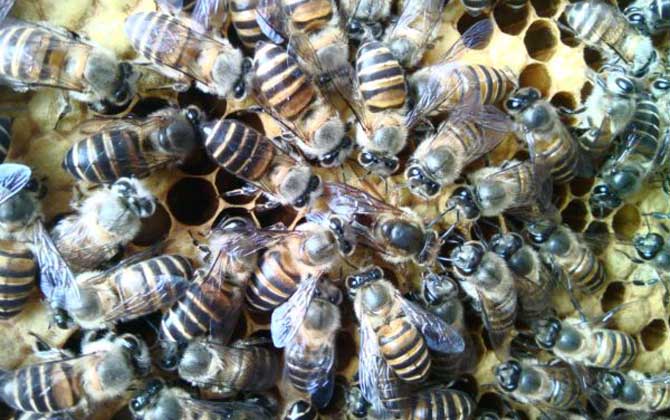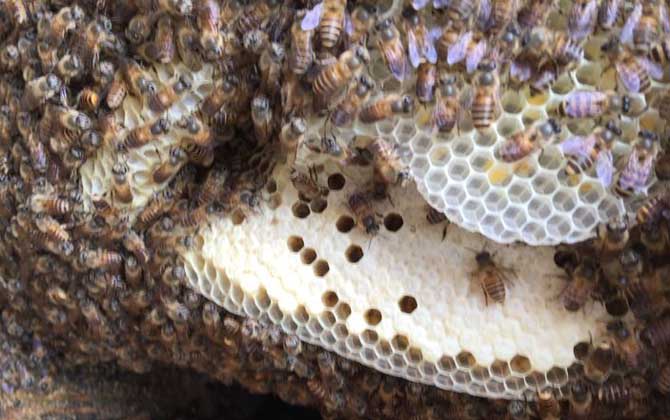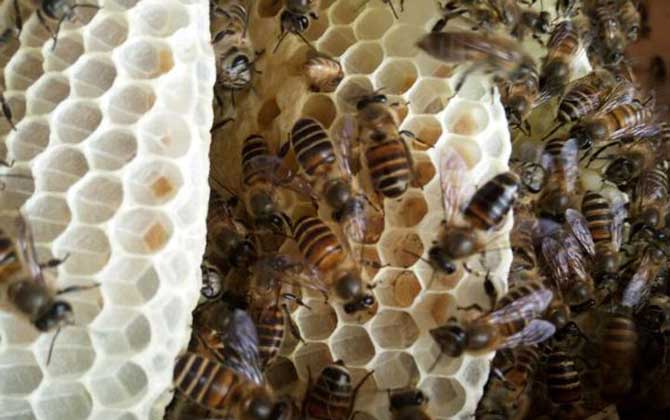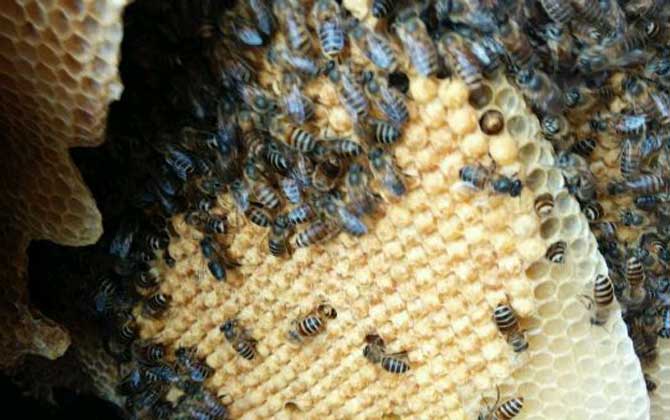Bee knowledge
Where will bees nest?
The bee is a social insect, and the hive is the basis for the survival and reproduction of the bee colony. Therefore, the bee’s choice of the nest site is extremely demanding. Not only does it require a rich honey source near the hive, Moreover, it is required to be warm in winter and cool in summer, and to be able to prevent the invasion of natural enemies. Where will bees nest?

1, the source of honey must be rich
The honey source is the material basis for the bees to survive. In fact, the bees feed on flowers (including nectar and pollen). In addition, the effective collecting radius of the bees is about 3 kilometers. Therefore, the bee colony generally chooses to build nests in a place with abundant nectar sources within a radius of 3 kilometers. If there is a lack of nectar sources near the original hive for a long time, the bee colonies will migrate to the nectar-rich place to rebuild the nest.
2, The environment must be suitable
Normal survival of bees requires a suitable temperature. Although the colony has the ability to adjust the temperature, the colony generally builds nests in warm winters and cool summers. At the same time, the honeycombs also need to have a certain humidity. Too dry or humid is bad for the bee colony. In addition, the place where the bees nest is required to be sheltered from the wind and rain.
3, Conducive to defend against enemy
Bees ’enemies in nature include wasps, ants, spiders, etc. Among them, wasps are the most harmful to the colony, especially when the food is lacking in the outside world. Therefore, honeybees generally build nests in places with narrow openings (easy to guard the hive) and relatively secretive places (to prevent detection by enemies).
4, Have clean water
Water is the source of life, and it is no exception for bees. Especially in the dry summer, bees often go to the water source to collect water. In addition to quenching their thirst (bees often drink dew to add water in rainy seasons), It is also used for food preparation (bees dilute honey with water and pollen), and adjust the humidity and temperature in the hive. Therefore, there is generally a water source near the hive for easy collection.
In summary: the hive is not only a “warehouse” for the colony to store food, but also a “baby nursery” for the breeding of new bees. Therefore, the colony’s choice of nesting address is extremely harsh. In fact, the bee colonies in nature are generally near the honey source Nest in rich stone, tree or earth holes.





